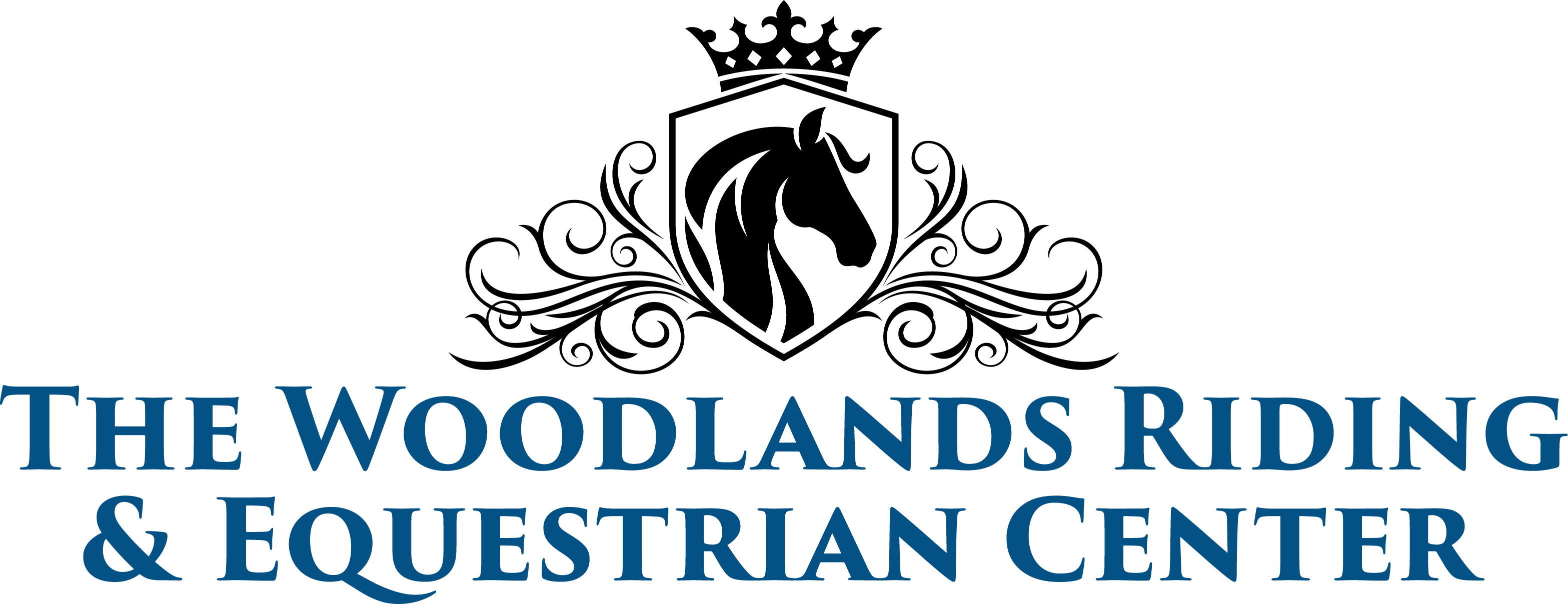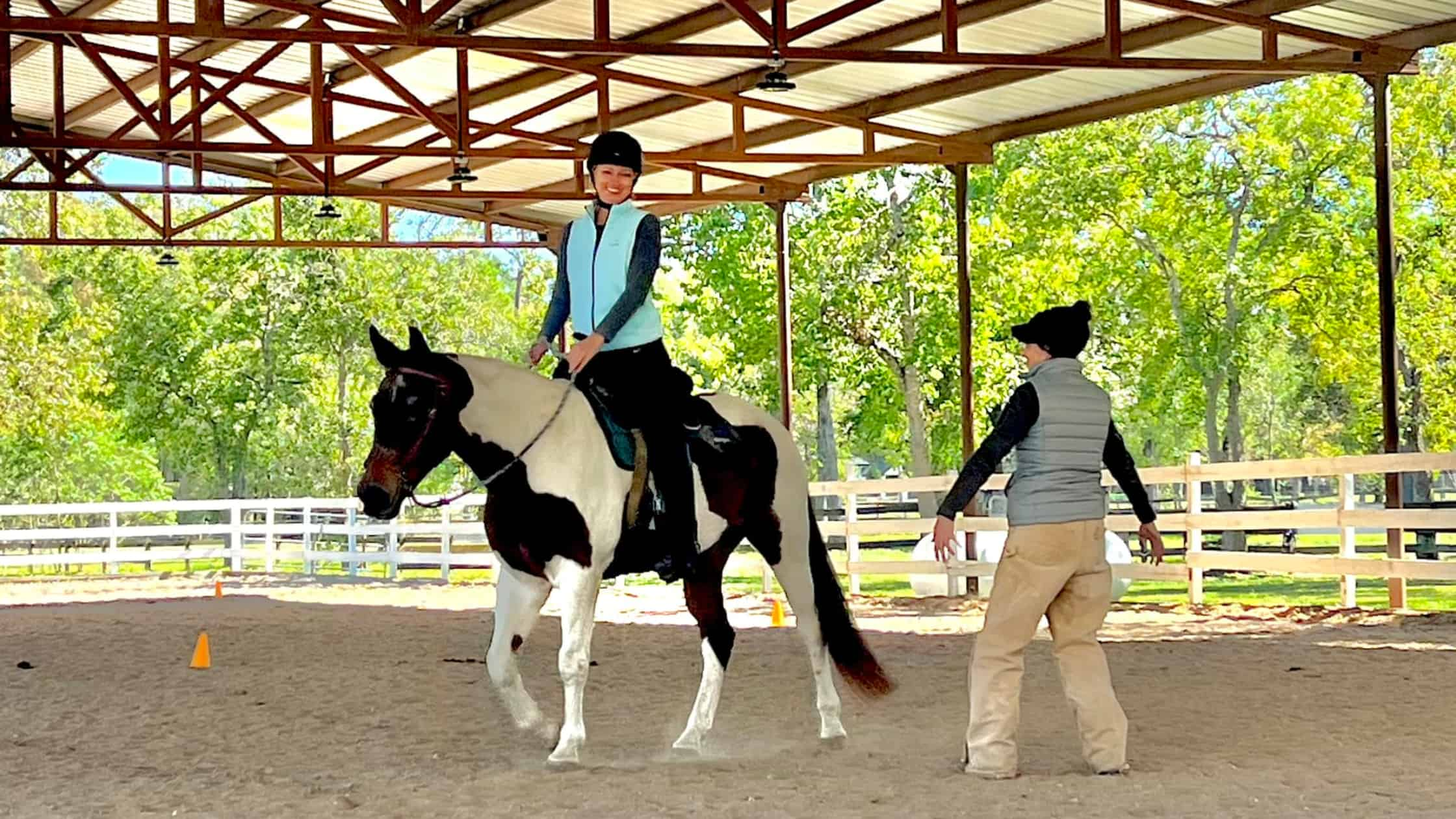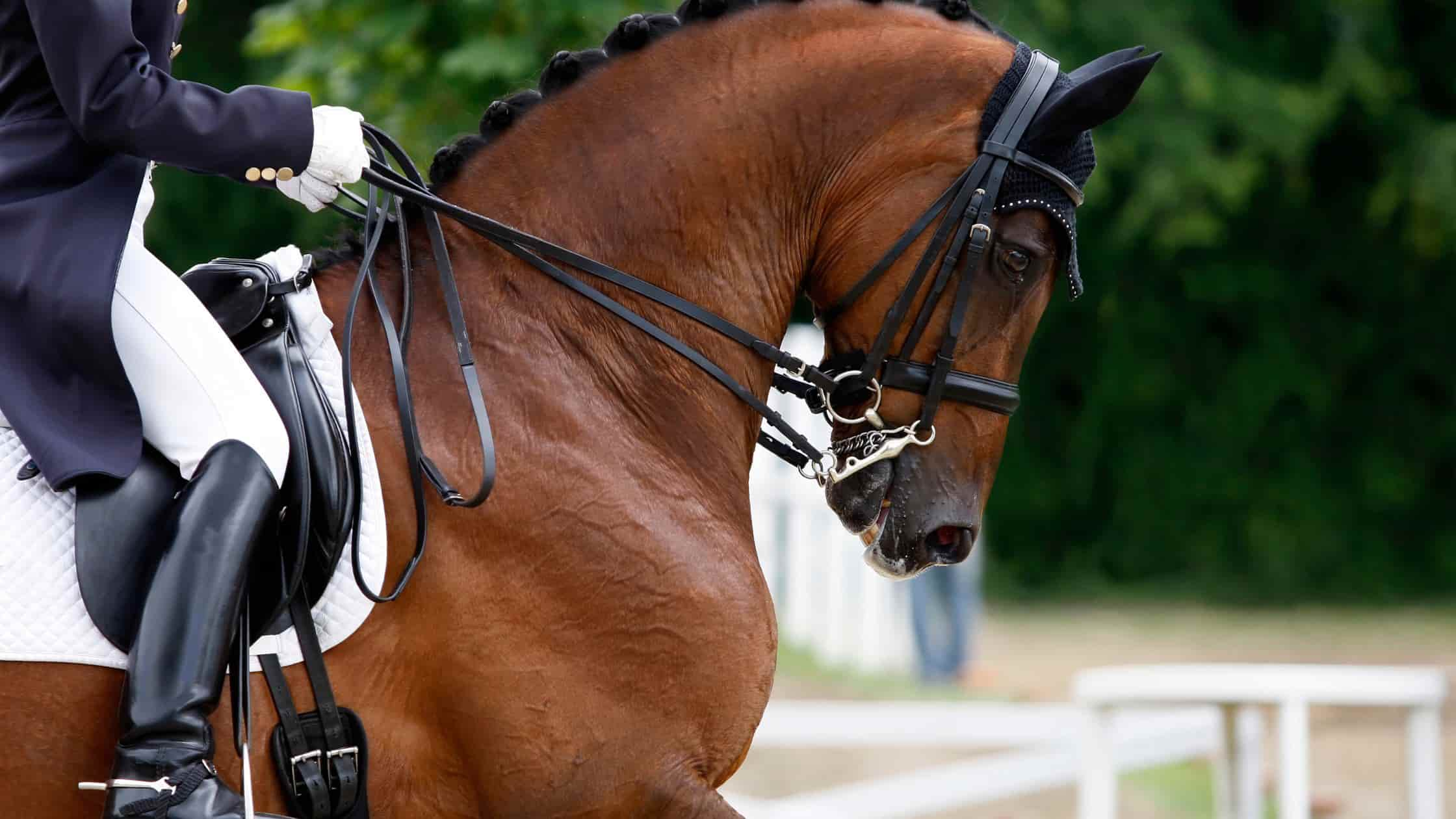As winter sets in, horse owners must pivot their attention to specialized care practices, particularly when it comes to hoof health. The colder months can be challenging for equine feet, often bringing wet conditions that can lead to various hoof problems. Understanding and implementing proper hoof care during this season is crucial for maintaining your horse’s overall health and comfort.
Why Winter Hoof Care is Essential
In winter, horses are often exposed to a cycle of wet and muddy conditions, followed by dry, cold environments. This can cause their hooves to lose moisture and become brittle, making them prone to cracks and chips. Additionally, the softening of the hoof in wet conditions can lead to increased risks of abscesses, thrush, and other hoof infections. Therefore, winter hoof care is not just about maintenance; it’s about prevention.
Regular Hoof Cleaning
The first step in winter hoof care is maintaining a routine of regular cleaning. This means daily inspection and removal of mud, snow, and debris from the hooves. Use a hoof pick to clear the sole, frog, and clefts of the hoof, preventing the buildup of bacteria.
Moisture Management
Balancing moisture levels is key. If the hooves are constantly wet, they can become too soft, weakening hoof walls. Conversely, too dry conditions can make them brittle. You can use hoof conditioners or oils that are specifically designed to maintain optimal moisture levels. However, avoid overuse as excessive moisture can be detrimental.
Proper Trimming and Shoeing
Regular trimming by a professional farrier is vital. Overgrown hooves can exacerbate issues, especially in snowy conditions where uneven hooves may lead to an unbalanced gait. If you live in an area with heavy snow, discussing winter shoeing options with your farrier, such as snow pads or shoes with better traction, is advisable.
Addressing the Threat of Thrush
Thrush, a common hoof infection in wet conditions, can be a significant issue in winter. The key to preventing thrush is keeping the hooves clean and dry. If you detect any signs of thrush (such as a foul smell or black discharge), treat it immediately with a commercially available thrush treatment product and consult your veterinarian or farrier.
Maintaining Adequate Exercise
Even in winter, regular exercise is essential for healthy hoof growth. It improves blood circulation to the hooves, aiding in overall health and resilience. Ensure your horse has a safe and non-slippery area for movement, whether it’s in an indoor arena or a cleared outdoor space.
Monitoring Diet and Nutrition
A balanced diet plays a crucial role in hoof health. In winter, your horse’s diet may need adjustments to maintain its overall health and ensure it gets adequate nutrients for strong hooves. Consult with a veterinarian to ensure your horse’s dietary needs are met during the colder months.
Ensuring Healthy Hooves Through Winter
Winter brings unique challenges for maintaining hoof health. By focusing on regular cleaning, moisture management, proper hoof care, and attention to diet and exercise, you can help keep your horse’s hooves strong and healthy throughout the cold season. Remember, proactive and preventive care is the key to avoiding major hoof problems in winter.





